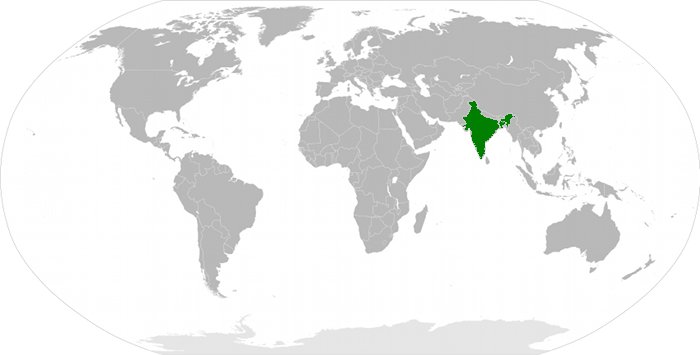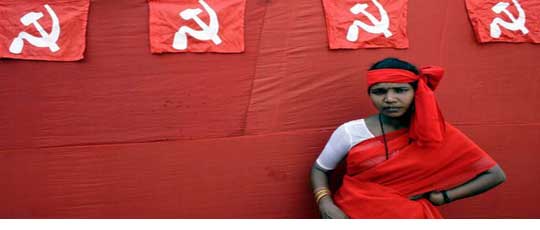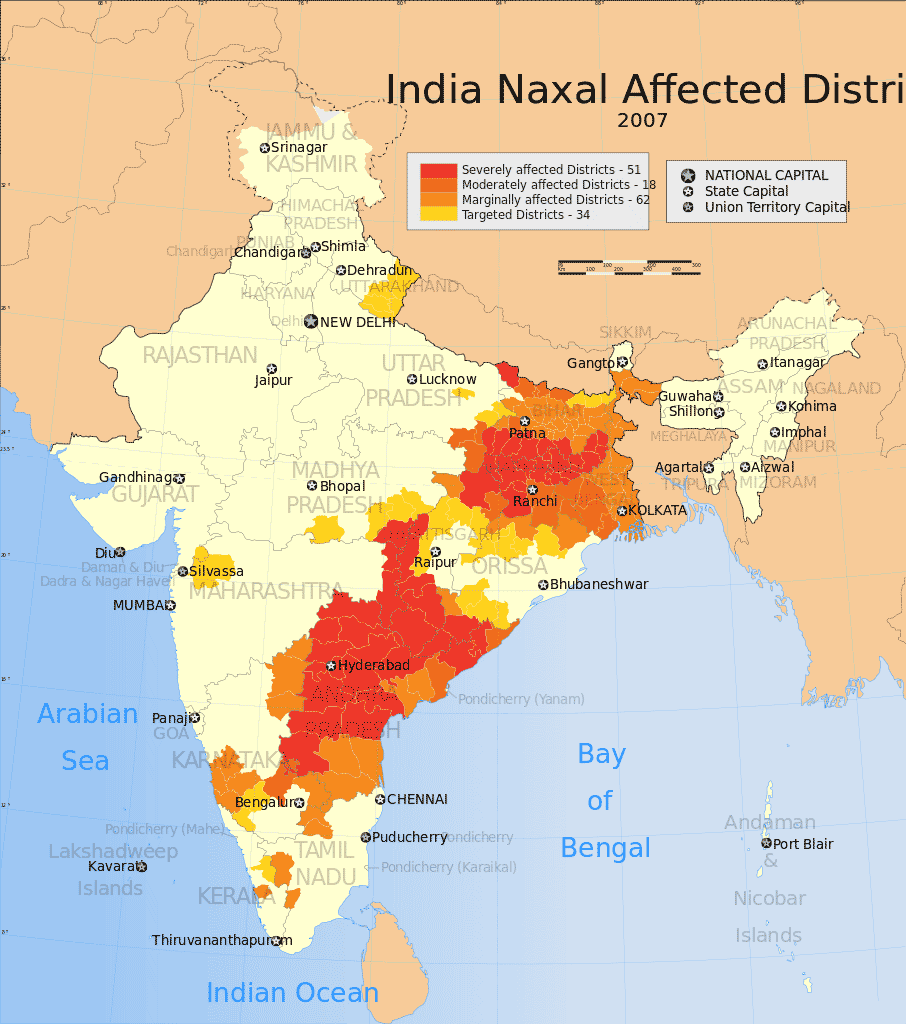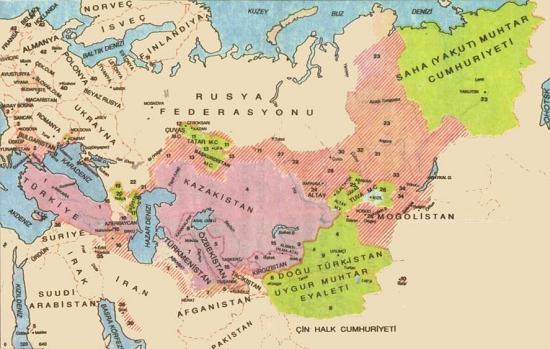Little is known in the West about India’s bloody clashes with its Maoist movement. But for years, India is facing an insurgery of the so called Naxalite fighters. Only on May 29th 17 people were brutally killed in an ambush in the central eastern state of Chhattisgarh and more than 20 others injured.
Incidents like this are not seldom at all and happen on a regular basis. The police and other armed forces are facing the problem with more or less fierce resistance. But in the mainlands of the Naxalite Movement the official forces eke out a mariginal existance. They are poorly paid and little motivated. One of the reason why, may lie in the very problem itself. The Naxalite Movement is active in the poor Hinterland of India. In places where modern times have not yet found their way into. In theory India is a Democracy and all Indians share equal rights.
But unfortunaltely the theory does not match the practice. The concept of the untouchables and low castes is still living on. And many poor do not have access to education and land property. This gets amplified in areas where indigenous people live. India is not just populated by “Standard Indians”, it is a mixture of many differnt cultural and ethnical streams and flavours. But most important there are major areas where the so called Adivasi live. These are the tribal people of India. They have been marginalized for decades and the Central Government treats them as a negligible quantity. In the 1980s the government began acquiring land and establishing large-scale mining operations in the country’s mineral-rich but underdeveloped eastern provinces. However, much of the land designated was inhabited by tribals. As a result, millions of Adivasis were resettled and rehabilitated by government mandate1. A further drastic step against the tribal people was the enactment of the the Forest Protection Act of 1980. Although the legislation was an attempt to protect the country’s natural resources from exploitation, by assigning forest officials extraordinary powers to regulate development and even habitation rights, the law essentially outlawed the existence of many tribal villages that had been in place for centuries2.
If we contrast these woody areas with the official map of Naxal Affected districts, we can see how well the maps do accord. India has prospered very much in the last decades but the increase in wealth did certainly not have any impact to these areas other than that they became interesting for their natural resources.
With the mentioned Forest Protection Act in areas delineated as reserve forest, traditional occupations of even gathering twigs (‘lops and tops’ in the forester’s language) was forbidden. People who earned their livelihood through access to forest resources in a sustainable manner suddenly found themselves outside the law. Further, this Act did not distinguish between habitations that existed within the forests for generations; the habitants suddenly found themselves to be encroachers on their own traditional land3.
No wonder that such a situation creates tension. This tension gets worse and intensified through India’s traditional caste system. To say it in an more communist diction, the upper classes show little tact towards the working poor. As a matter of fact one can think of the tribals as people of little or no rights even in nowadays modern India. So the attraction to a Maoist ideology is high and if somebody has little to nothing to loose then any support is welcomed. In this case support is not coming from the Central Government but from the Maoists. A situation maybe comparable to the Hamas in Palestine’s Gaza strip where the whole world is condemning Hamas for its attacks but no one else is capable or willing to support and sustain the suffering people of Gaza.
As long as the Central Government of India is not proposing a real change for the poor especially for the tribal people, Maoism will be attractive with its promise of social equality. Unfortunately this movement is fighting the hard way and attacks stately organizations heavely with firearms and bombs. Therefore they are not gaining real political influence. On the contrary they are being fought as terrorists and the tribals can loose everything in this fight. The causality dilemma remains, what was first, the chicken or the egg? Do the tribals with the help of the Maoists react because they are being exploited or are the poor exploited because they fight the central state?
I leave it to the reader to answer this question. But quite obviously the Indian State has to resolve this problem in a human manner and show the world that it is a real Democracy where its citizens share the same rights and the same opportunities to develop themselves and their living environment.
1,2,3: http://www.newsecuritybeat.org/2010/07/indias-maoists-south-asias-other-insurgency/
 Dorsum – The Ethnopolitcal Blog Worldwide Ethnopolitical Analyses
Dorsum – The Ethnopolitcal Blog Worldwide Ethnopolitical Analyses







